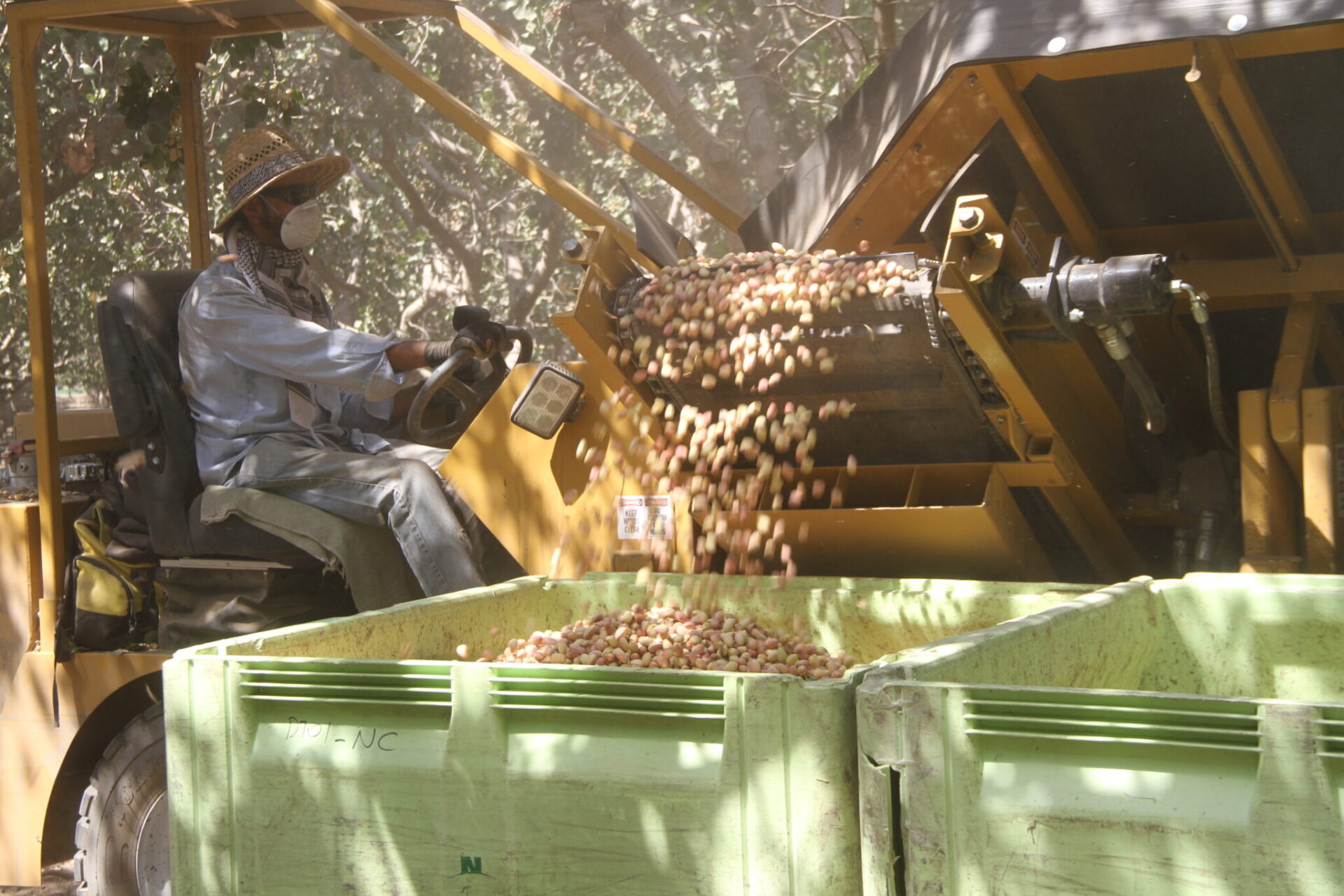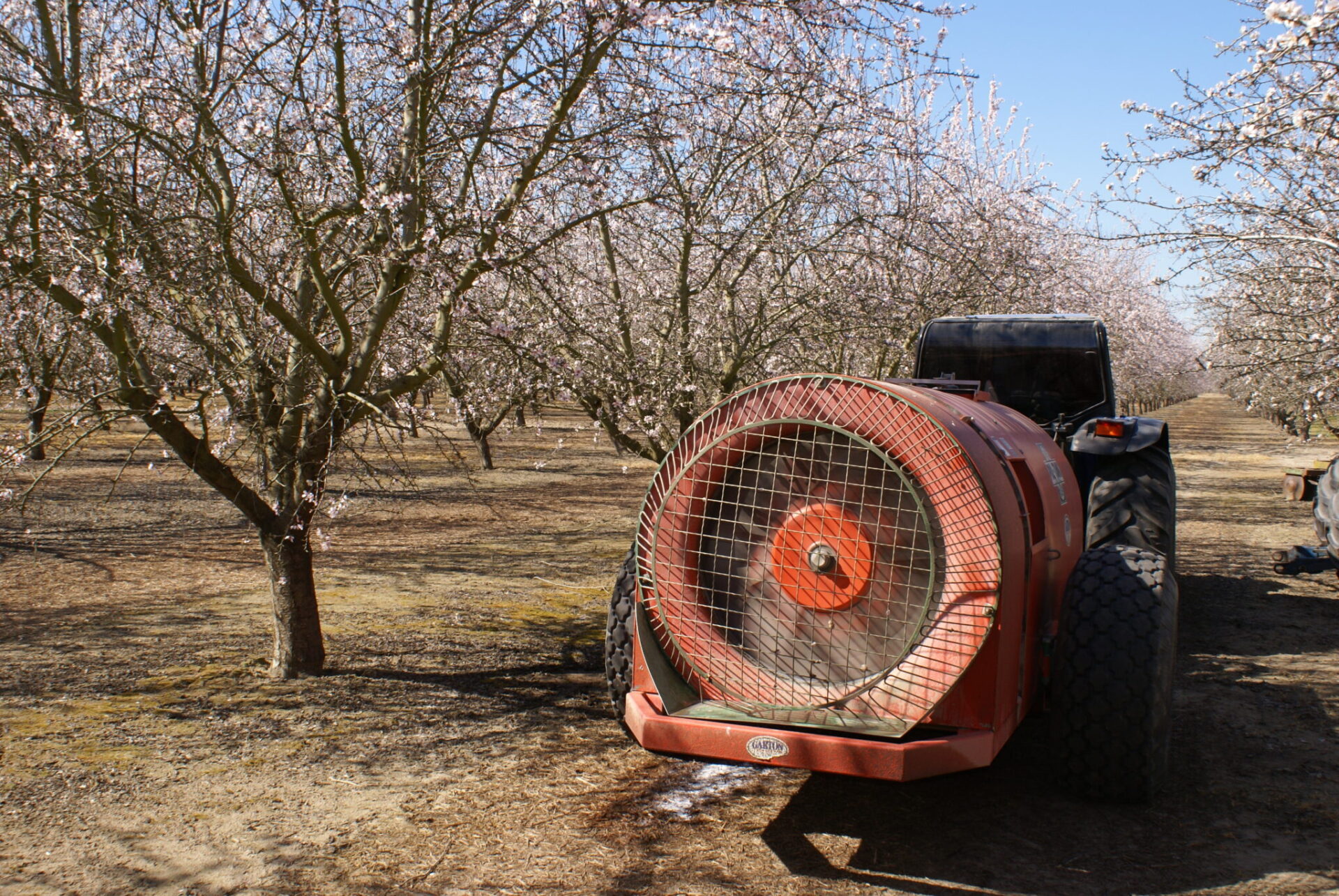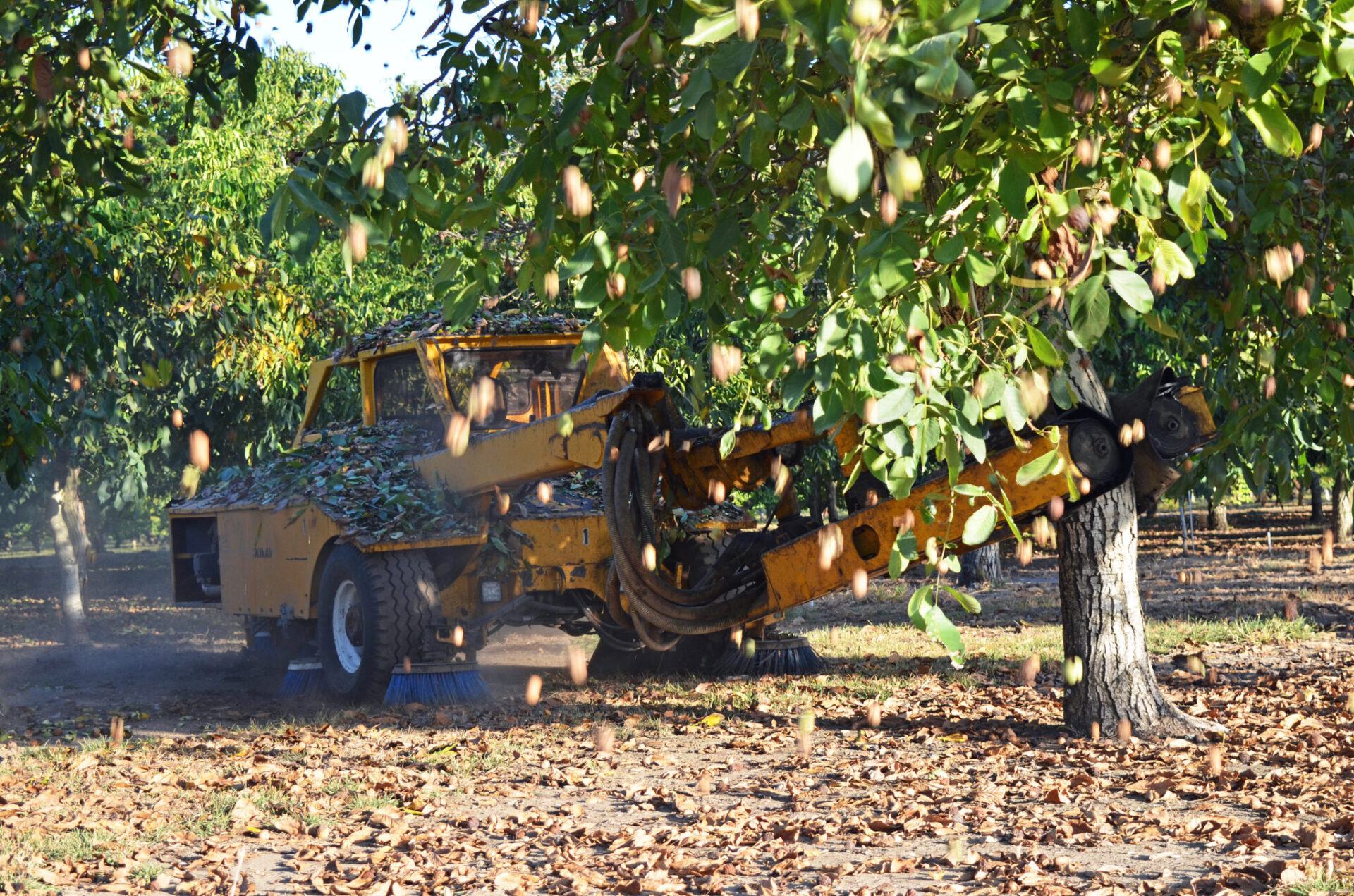
With preparation, growers should be able to meet standards called for in food-safety certification audits, according to a GLOBALG.A.P. licensed farm assurer. But they will need to pay attention to detail, document everything, and follow through on their plans.
Mallory Lucas, a GLOBALG.A.P. licensed farm assurer with Wilbur-Ellis in Oregon, who counts a California walnut grower and a hazelnut processor among her list of clients, outlined several steps growers can take to prepare for an audit.
First off, Lucas said, growers should start preparations well in advance of a scheduled visit. “For your first year, you are expected to have at least three months of records,” Lucas said. “After that, you are expected to have continuous records.”
Conducting an internal assessment two weeks before a scheduled audit can help a grower catch missteps they might otherwise overlook, Lucas said. “That will give you time to get your corrections done.”
And knowing how to respond to questions and treat auditors while they are on your farm are additional keys to ensuring a successful audit.
By any account, food-safety audits are still rare in California tree nuts. A look at the databases of two high-profile certifying companies, GLOBALG.A.P. and PrimusGFS, shows that as of this spring, 41 almond producers were certified as well as 84 walnut producers and 17 pistachio growers. Still, the numbers are growing annually, according to Christa Douglass, a Wilbur-Ellis food-safety consultant based in Eastern Washington, who started her career as a food-safety and quality assurance supervisor for an almond processing company in Northern California in 2014.
“Back when I started, it wasn’t as common [for a farm to be food-safety certified],” Douglass said. “Today it is much more prevalent, and I don’t see it going away anytime soon. I actually only see it becoming stricter and more of a common practice.”
The primary forces driving third-party food-safety certifications, Douglass said, are buyers who are requiring their suppliers be certified to meet supplier-approval programs. Often, she said, it will be a retailer who is pushing the buyer to implement a supplier-approval program.
“It is all a step in a chain that trickles down to whoever the food company is purchasing their ingredients from,” Douglass said. “They are going to require the processor to be food-safety certified. Then the processor could require some sort of food-safety assurance from the farm operation that is supplying the raw product.”
The type of food-safety certification required of growers often depends on buyer preferences, Douglass said, noting that a food company that sells overseas, for example, can have different requirements for growers than one selling strictly into the domestic market. And, Douglass said, some schemes are better than others when it comes to meeting the requirements of multiple buyers and multiple markets, particularly those that certify under Global Food Safety Initiative (GFSI) standards, such as GLOBALG.A.P., PrimusGFS and SQF.

Basic Guidelines
While there are differences in requirements between certifications, food-safety auditors tend to look for similar issues when auditing farm operations, according to the food-safety consultants. And farms can improve their chances of passing an audit on the first try by following some basic guidelines.
The bulk of any food-safety plan comes down to creating and following policies and standard operating procedures (SOPs), which are the basis of how a farm intends to meet the policy requirements. And the biggest component of any food-safety plan is risk assessment, a part of the plan that essentially determines a grower’s SOPs and his or her policies.
“Risk assessments help you figure out the rest of the plan, and I recommend doing that first,” Lucas said.
Auditors expect three types of risks to be covered, Lucas said: chemical, biological and physical. An example of chemical contamination might be pesticide drift. Physical risks could include contamination from trash that people throw along a roadside. Biological risk could be contamination of surface waters or domestic or wild animal intrusions onto a farm.
Many buyers also expect growers to be certified through GLOBALG.A.P.’s IFA, or Integrated Farm Assurance program. An IFA audit covers worker health and safety, hygiene, traceability and food fraud. Harvest and preharvest activities are covered in an IFA audit, including documentation of preharvest inspections and cleaning and sanitation of harvest tools. And the certification requires verification that if a grower uses a subcontractor to harvest their crop, that the subcontractor is also in compliance with GLOBALG.A.P.
Lucas pointed out several activities people often overlook with preparing for an IFA audit, including not listing qualifications for consultants. “If you are working with an agronomist, ask for a copy of their consultant’s license,” she said. “If you are making fertilizer and pesticide decisions on your farm, you need to show your education. So, if you have a college degree in crop and soil science, or if you do continuing education credits as a part of your applicators license, all of those are things that you can factor in.”
An IFA audit also looks at all pesticide application records. One area that growers tend to miss in this section is recording adherence to preharvest intervals, Lucas said. “The vast majority of people are keeping their application records, but the things they have a tendency to miss are the preharvest interval and the target pests, and some people forget to put down the weather,” she said.
On-Farm Training
Growers also need to conduct training on the farm to meet most certification requirements, and not just for those employees who work in the field or orchards, but for management and office staff as well. And, Lucas said, it is important to document the training program.
“If it is not on paper, it didn’t happen,” she said.
A common misstep in documentation is to forget to document the calibration of equipment impacting food safety, such as sprayers used for pesticide applications, an offense that recently was upgraded from a minor to a major offense under GLOBALG.A.P. version 5.4 standards. Also, she said, be sure to document the cleaning and sanitization of harvest equipment, and implement and document a water treatment step for equipment where appropriate.
“That helps reduce the risk of contamination spreading between nuts,” she said.
If an operation doesn’t have an employee dedicated to food-safety, they should consider hiring an outside consultant to help prepare for audits, Lucas said, and retain the consultant to stay abreast of changes in food-safety certifications.
“GLOBALG.A.P. is constantly reviewing and updating,” Lucas said. “Sometimes they do so just to maintain GFSI (Global Food Safety Initiative) compliance; sometimes it is a self-improvement thing.” She noted that as of early spring, the certifier was operating under version 5.3 but was transitioning to version 5.4 and already was working on developing version 6.0.
Another key that can help audits go smoothly, Lucas said, is to treat auditors well by providing them a clean, temperate workspace that includes plugins and a work surface. “And give them water and a snack or lunch,” she said. “You do not want an angry auditor. They are more likely to let you explain things or work through things if they aren’t feeling like they need to get out of there to get something to eat.”
When talking to auditors, Lucas said it is important to be informative, not argumentative, and have documents organized and ready. “The more you look like you have your stuff together, the more the auditor is going to trust you, and it is going to make things go quicker.
“A quick audit makes for a happy auditor and it saves them time, so that saves you money on their hourly rate,” she said.











